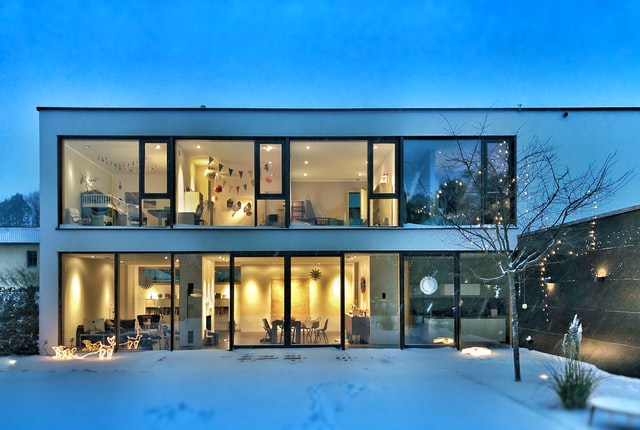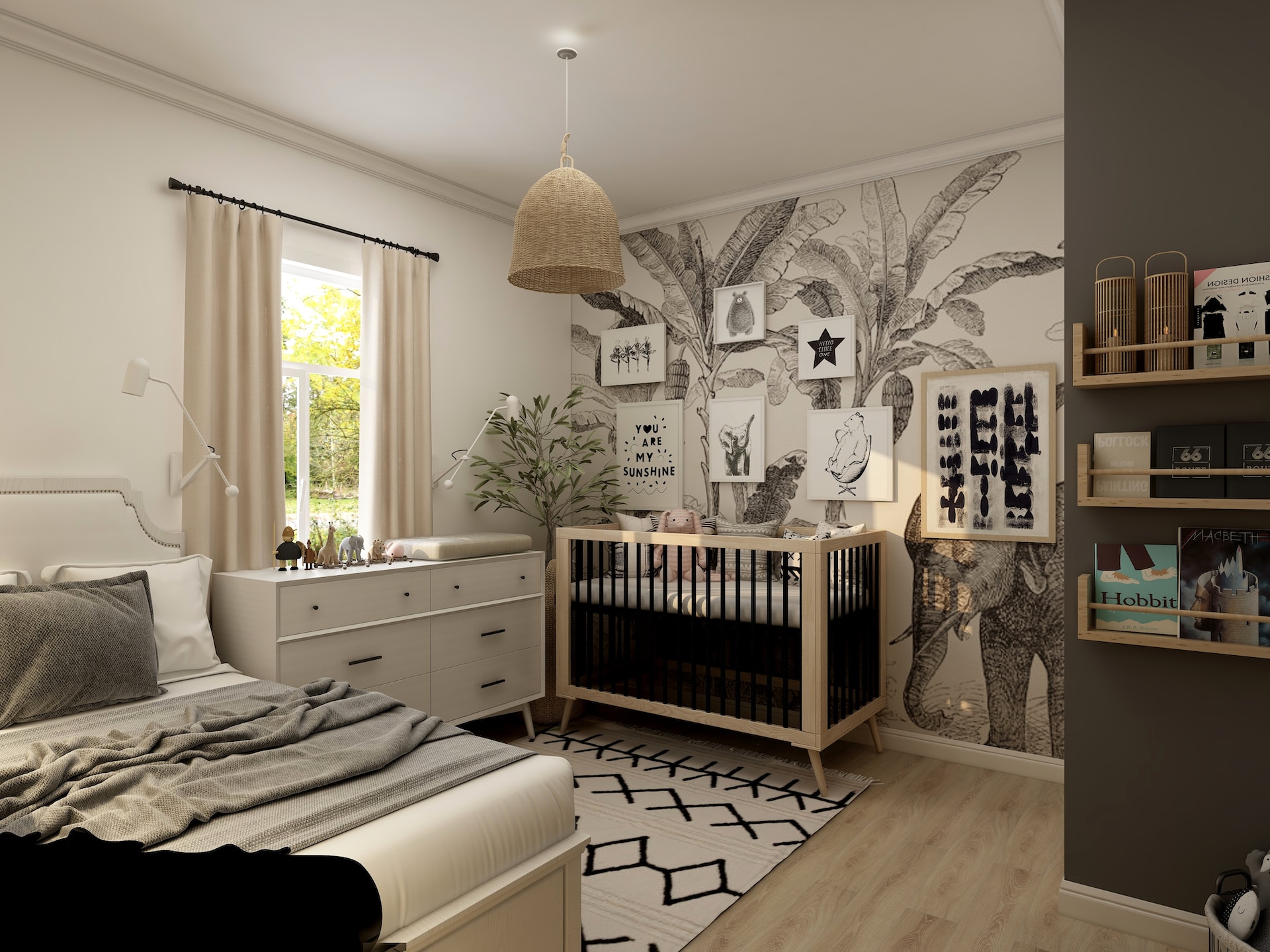When it comes to creating a home, there is an incredible amount of options. A traditional house in a suburb is just one of them.
Nowadays, with the possibility of working online and advancements in technology, you can pretty much live anywhere you want to without sacrificing the comforts of modern technology and freeing yourself from the disadvantages of living in cities. You can have your shipping container home in the middle of the forest or sail away in a boat. In this Q&A with the experts, you’ll find housing alternatives that will surprise you, you can check out the RV Edition here.
The sky is the limit when it comes to housing.
In today’s expensive housing market, alternative housing also opens possibilities that are more accessible to tight budgets. Even those who already live in a great city can find exciting alternatives for extra space in these structures, such as a guest room or backyard office space, and the list is endless.
We’ve reached out to professionals to know everything there is to know about these fun structures you can call home or have extra space.
Please keep reading to discover what they have to say.
Shipping containers

Why are more people opting for shipping container homes?
What are the benefits of creating a home in a shipping container?
What are the highest costs involved when it comes to turning a shipping container into a home? And what are some tips to lower these costs?
Which is the best type of shipping container to turn into a living space?
What are the different types of shipping containers that can be adapter into a living space, and which are important characteristics to make the most out of a shipping container?
Boat

What are some important aspects people should consider when living in a boat?
When living onboard, you have serious space and power limitations – you will have to use a French press. Other big habit changers are water use, waste management, and provisioning.
Often overlooked when choosing the liveaboard lifestyle: you will need to know how to sail and navigate safely between ports.
Many people think living onboard is cheaper than living onshore. While extended periods at sea will significantly reduce your cost, living aboard in a marina is nearly as expensive as living onshore.
People that will do well living on a boat are independent and self-reliant, low maintenance (dinghy hair is a thing), and minimalist.
Shawn Buckles | Improve Sailing
What are some overlooked benefits of living in a boat that a lot of people miss?
Tinny House

What are some big benefits of living in a tiny house that a lot of people overlook?
People are attracted to the idea of living in a tiny house whether on wheels or on a permanent foundation for a variety of reasons. For some people, it’s a cumulation of benefits that they see, for others it’s just one primary reason, but in general, it is a trade-off where “Less is More”. When you look at the economic impact of living in a smaller house, there are many reasons that living tiny can improve your life overall:
-
Economics/ Quality of Life: Living without a mortgage or rent, or only having a very small monthly payment frees up money for hobbies, starting a business, travel, theater tickets, etc.
-
Economics/ Lighter Footprint on the Planet: A small house means less utility use, resulting in smaller monthly utility bills (or none for the people that are off-grid), again freeing up monthly cash. It makes it easy to live an environmentally conscious life.
-
Economics/ Maintenance: A small house is less expensive and time-consuming to maintain. Rather than spending precious time off cleaning a large house, you can be done in a snap.
-
Economics/ Freedom: Some people are stuck in jobs they hate, but can’t afford to quit, or have jobs they love that doesn’t pay enough to buy a large house. Not being tethered to a big mortgage can free up options to follow your vocational dreams. For people that choose a nomadic tiny house on wheels life, the options can be even greater.
-
Less Materialistic/ Simpler Lifestyle: People that downsize often say that having less stuff is very freeing mentally.
- Jo-Anne Peck | Historic Shed
Land

What is the most important factor you should consider when buying land for alternative housing?
In 2020, the Citrus County Commissioners brought a code compliance case against a landowner (we’ll call him Mr. S) for allowing three families to live in illegal trailers on his 10-acre property.
Mr. S initially fought the case, claiming he was simply continuing the prior owner’s practice of housing homeless families on the land. Unfortunately for this property owner, using an RV (or shed or trailer or tiny home) as a dwelling unit is against the Citrus County Building Code.
Thus, the hearing officer for the case eventually ordered Mr. S to remove the offending structures. A situation that is by no means unique.
In that same year, Citrus County alone received 81 complaints against land owners living on vacant land in illegal sheds, tiny homes and RVs.
Ultimately, most of these structures will face the same fate.
It may surprise you to learn that just because you own a parcel of land doesn’t mean you are allowed to do whatever you would like with it. Which is why zoning is the single most important factor you should consider when buying land for alternative housing.
Before you begin your property search, make sure you are looking for land in a jurisdiction whose zoning code allows the kind of structure you wish to build. Of course, this is only the start of proper land buying due diligence.
When developing a property you must also consider access, environmental issues, utility availability, and soil conditions (to name just a few other considerations). So take some time to educate yourself properly about the perils and pitfalls of land development.
Erika Benson | Gokce Capital
Alternative housing is a way to break away from the ordinary, as well as live with a different mindset than what is considered traditional. In many cases, the alternative house that you choose can allow for more freedom. Being like a turtle who can take their home wherever you go, it gives room to break free from the chuckles of tradition and set foot into the unknown.
From storage to utilities, alternative housing can involve a different twist that can be exciting, and in many cases, it is also eco-friendly and minimalistic.
If, on the other hand, you don’t wish to make it a full-time living space, you can use it as a get-away vehicle or vacation home (depending on where you place it), or you can use it as an extra room in your home.
The sky is the limit, but what’s true is that these structures offer alternatives and give way for creativity and expansion.




